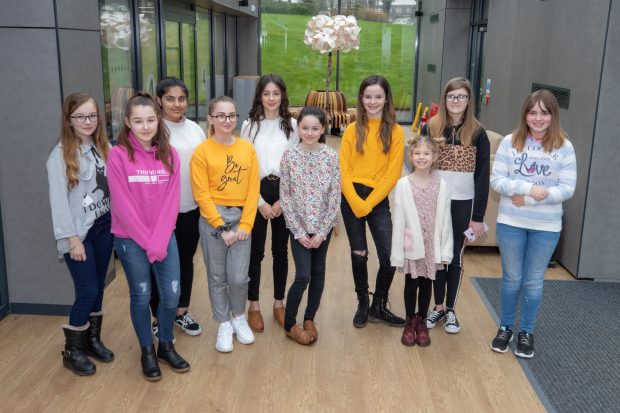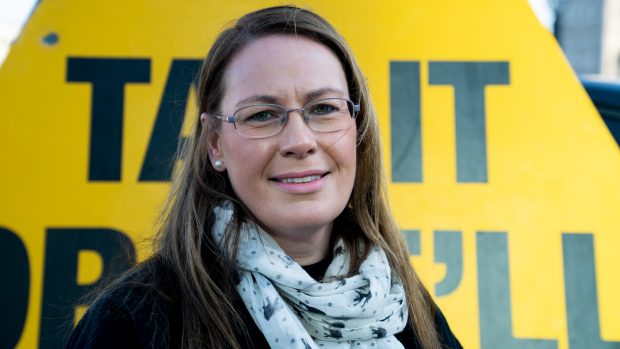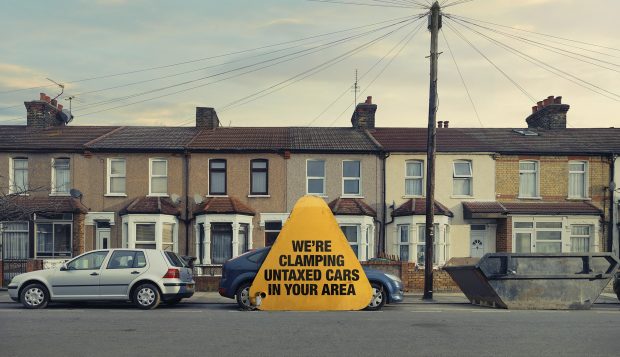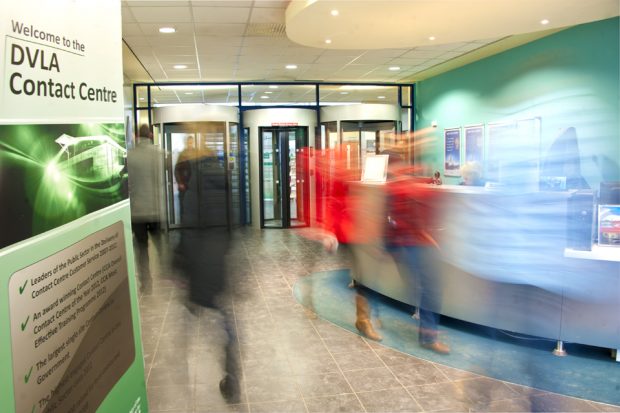How DVLA’s corporate induction process helps new starters
I applied for a job as a software engineer at DVLA because of my passion for coding. I have a degree in Mathematics, but after completing a Professional Graduate Certificate in Education I realised that coding was what I wanted to do. What also attracted me to the role is that it also allows me to study for an MSc in software engineering at the University of Wales Trinity Saint David (UWTSD).

Starting in September 2018 with 18 other eager students I had no idea what to expect, and I was naturally nervous (as we all are) on my first day. In the following days and weeks I would:
- be given a guide to my first 6 weeks, outlining all mandatory training
- be inducted into my new team
- attend several induction workshops
I fully expected my induction to cover security, data protection, health and safety, and how to conduct yourself at work – which it did. What surprised me was that we would also learn about unconscious bias, counterfraud, social media usage policies and sustainability. It was interesting and educational, and it gave me real insight into how DVLA values high standards of personal conduct which is vital when you work in the Civil Service.
Team induction
Initially I attended UWTSD for 4 days a week with one day with my team in DVLA. This allowed me to develop my skills, for example, problem solving and team working at DVLA and UWTSD.
After a warm welcome and introduction to my new team during the daily standup meeting I was placed into a squad, which is a cloud team using microservices architecture. I observed and learnt the tools, processes and overall structure of DVLA services, gradually increasing the hours to allow me to become more confident in my new role.
A key turning point in my induction was a training course I attended with the other students. Split up into 3 squads we were tasked to build a news, sport and weather application working in an agile way. We were all given a category of the app (mine was the news category) and asked to develop a webpage to display sport information. I needed to use software tools like elastic beanstalk and languages like java to develop the functionality of a webpage. The course taught me how to work as part of a team towards a common goal and we did it with time to spare.
How the training has helped in my role
I’m now working in the emerging technology lab where we develop new ideas for the organisation’s digital services.
Using the skills I built up through the induction process I was able adapt to a role which needed me to communicate with key stakeholders, develop prototypes and demos for products we were working on and make learning fun for children in a school hosting day. I’ve also taken part in a project to investigate robotic process automation and chatbots where I worked with my team to develop a prototype robot.
The induction allowed me to settle in, understand my role, develop new skills, and gain the knowledge to do the job properly. I really enjoy my work. It has also helped me transform from schoolteacher to civil servant. Through this, I now know the difference between working in a class of children to working in a squad of experts.
Next steps
I’m really happy in my role at the moment. In future I’d like a role where I can experience all aspects of the organisation. For example: making business decisions, developing services, provide training or interviewing new candidates. Who knows what the future may hold here at DVLA.
Roles at DVLA
DVLA will support you in reaching your full potential, offering rewarding and challenging jobs, training plans and ongoing development opportunities.
If you fancy a career at DVLA make sure you keep an eye on Civil Service Jobs.





